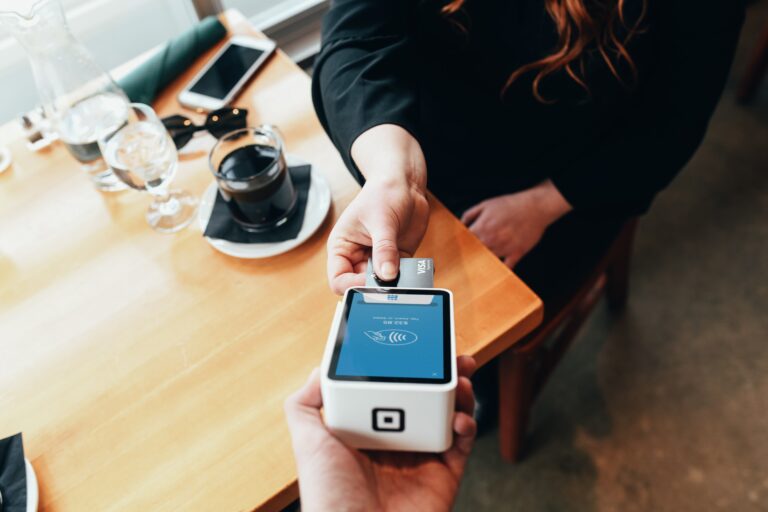
It’s 7am on a Monday morning. You stop at your local coffee shop on your way to the office, you order a cup of black coffee to go. The barista hands you an empty cup and points you in the direction of the coffee carafes. The barista flips the point of sale tablet over to you. Your empty cup totals to $3.00. Oh, and would you like to add a 25% tip?
We’ve all been there. The practice of leaving a tip is commonplace in American culture, but a quick search for “tipping fatigue” pulls headline after headline that seem to suggest that Americans feel as though they are being over-solicited to tip.
Are we still willing to tip for services provided, or are we too fatigued by the constant tablet flip? Is it possible to enable guests to tip in a way that feels organic?
Let’s talk about it.
It turns out that Americans are willing to leave higher gratuity now more than ever before. In fact, despite inflation causing higher bill amounts, restaurant patrons continue to tip well. At sit-down restaurants, 64% of Americans tip 20% or higher and fast service restaurant tip averages “show no sign of tipping fatigue.” The hotel industry resembles the same. Grazzy’s 2022 travelers survey found that 61.5% of respondents always tip hotel staff. In fact, the majority are leaving a tip higher than $15.
The proof is in the data – tipping habits in the US remain stable, if not on the rise.
The answer is a resounding yes; digital tipping actually serves to improve the guest experience.
Grazzy’s 2022 travelers survey found that 83% of guests have been in a position where they wanted to leave a tip for a hotel employee but did not have cash on hand to do so. Furthermore, 98% said if it were possible to use their phone to leave a digital tip, they would.
In an increasingly cashless society, guests are turning to your business to provide modern methods for leaving gratuity and your employees are relying on you to unlock their well-deserved financial reward.